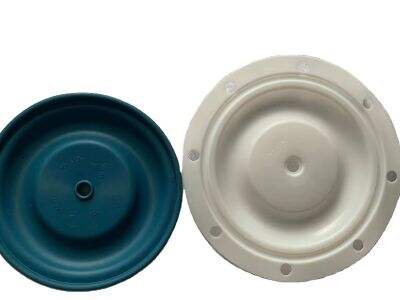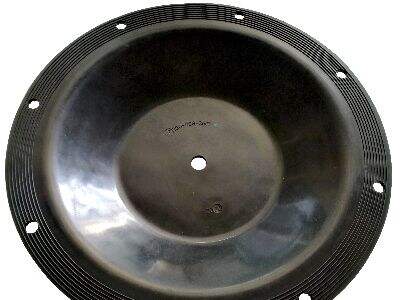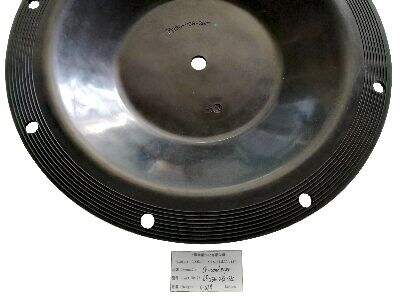That is, they are terrific at moving challenging slurries without destroying their internal components, but pneumatic diaphragm pumps haven’t always been easy to maintain. Ever wonder how the pumps can manage all that rough, scratchy stuff? Left Right At Shanghai Chongfu, we understand the importance of well-maintained equipment. So let’s get into how these pumps operate and what exactly makes them better at pumping abrasive slurries
Pneumatic Diaphragm Pumps Background and An Introduction To Their Abrasive Slurry Nominal Tolerances
Pumps with pneumatic diaphragms instead employ air to oscillate a diaphragm. This squeezing action pulls and pushes the liquid through, even slurries that have pieces of hard stuff in them. The secret is the flexible diaphragm, which can deal with these abrasive particles without getting torn or worn out fast. These pumps are tough as well as smart choices for jobs with other pumps could break down

Preventing Pneumatic Diaphragm Pumps From Damage By Slurry That Is Abrasive
It’s so key for these pumps to have been designed right. The diaphragm is constructed of a material which will bend and flex without breaking when exposed to rough, sharp particles in slurries. This flexibility ensures that the internals of the pump do not crack or otherwise become damaged. And the pump’s design keeps the rough parts away from sensitive areas, meaning the most important parts of the pump are both protected and lasting longer
Advantages of Pneumatic Diaphragm Pump for Handling the Abrasive Substance
There’s a lot to like about these pumps. They are super reliable, and so they don’t break down a lot, which means you save money on repairs. You can also use them to transfer a whole array of liquids, including those that have big, chunky bits in them. This makes them super versatile. Third, they are soft on the materials they move, by not pulverizing particles in the slurries

How to Maintain the Pneumatic Diaphragm Pump in Handling Abrasive Slurry
Maintaining these pumps in good working order doesn’t have to be difficult. Regular checks are important. Inspect the diaphragm for wear and damage, and replace it if necessary. And keep the air supply clean and dry: Moisture and dirt are problem-causing agents. Cleaning the pump on a regular basis can also help avoid buildup that could negatively affect the pump
Application stories that demonstrate how Pneumatic Diaphragm Pumps are used to handle abrasive slurry types
There are certainly lots of stories about these pumps working wonders. One factory, for instance, used them to pump out a high-grit waste water. The pumps dealt with the muck with no problem, and didn’t have to be repaired frequently. This, she said, saved the factory time and money, and they were thrilled by how well the pumps were working
Table of Contents
- Pneumatic Diaphragm Pumps Background and An Introduction To Their Abrasive Slurry Nominal Tolerances
- Preventing Pneumatic Diaphragm Pumps From Damage By Slurry That Is Abrasive
- Advantages of Pneumatic Diaphragm Pump for Handling the Abrasive Substance
- How to Maintain the Pneumatic Diaphragm Pump in Handling Abrasive Slurry
- Application stories that demonstrate how Pneumatic Diaphragm Pumps are used to handle abrasive slurry types

 EN
EN
 AR
AR
 HR
HR
 CS
CS
 DA
DA
 NL
NL
 FI
FI
 DE
DE
 EL
EL
 HI
HI
 IT
IT
 KO
KO
 PL
PL
 PT
PT
 RO
RO
 RU
RU
 ES
ES
 SV
SV
 TL
TL
 ID
ID
 SR
SR
 UK
UK
 VI
VI
 HU
HU
 TH
TH
 TR
TR
 AF
AF
 MS
MS
 GA
GA
 HY
HY
 AZ
AZ
 KA
KA
 BN
BN
 LA
LA
 MN
MN
 NE
NE
 KK
KK
 UZ
UZ
 KY
KY
 MY
MY






